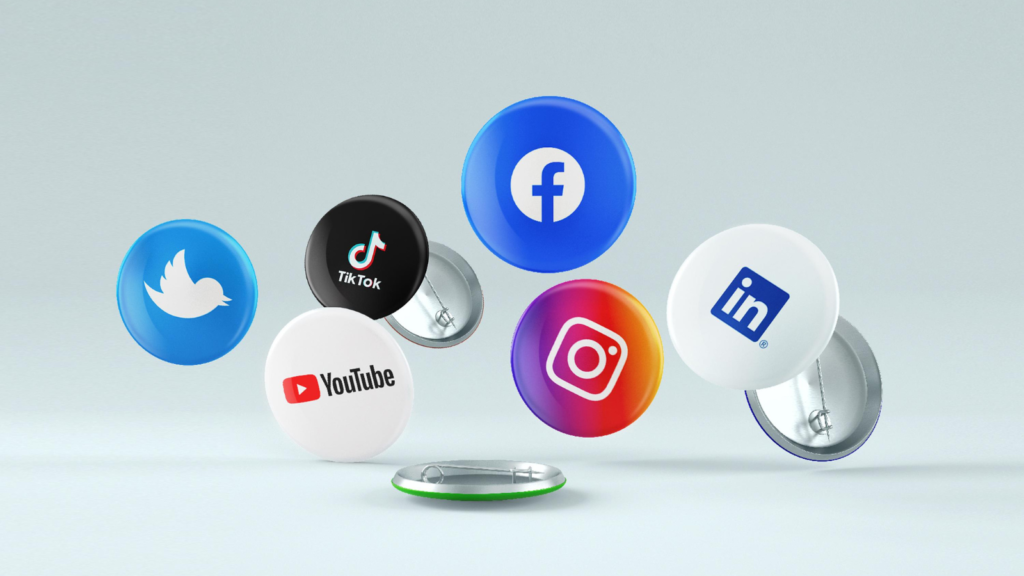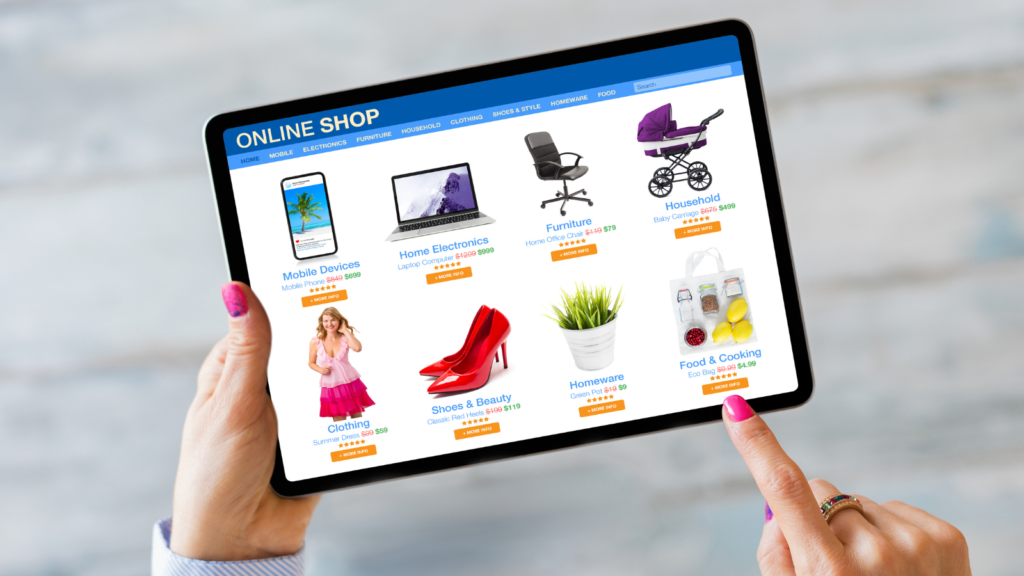In the fast-paced world of digital marketing, it’s not uncommon for businesses to encounter challenges with their ads on platforms like Facebook, Google, TikTok, or Pinterest. When clients approach us with concerns about the effectiveness of their ads, we understand the importance of a systematic approach to identify and rectify issues.
In this blog post, we’ll explore 10 proven strategies to troubleshoot your ads and get them back on the path to success.
Let’s get to it!
1. Ensure Sufficient Data
The first thing to do when optimizing your ads is to check if they’ve had enough time and budget to work effectively. It’s important to look closely at the details, especially when dealing with different keywords or target settings. Without enough data at the individual level, it’s hard to know for sure if your ads aren’t doing well.

Considering the time aspect is also key. Ads may need time to connect with your audience and gain traction. Making quick judgments based on limited time data might lead to missing the potential of your campaigns.
2. Diagnose on Platform
Take a close look at specific metrics on each advertising platform, like CPM, CPC, and hook rate, to spot any issues impacting your ads. These metrics are crucial for understanding how well your ads are doing on different platforms.
CPM tells you how much you’re paying for a thousand views of your ad. If your CPM is high, it might mean your ads are costing more than they should to reach your audience. This could prompt a review of your targeting, ad placements, or creative elements to make your ad spend more efficient.
CPC is another key metric, showing how much you pay each time someone clicks on your ad. A high CPC could signal that your ads aren’t connecting with your audience or that the competition for your target audience is tough. In cases like this, tweaking your ad copy, visuals, or targeting can help optimize your CPC and get more value from each dollar spent.

The hook rate, mainly for video content, indicates the percentage of viewers who engage with and watch your video beyond the first few seconds. A low hook rate suggests that your video content might not be captivating enough. Consider making adjustments, like improving visuals or refining the story, to boost engagement and keep viewers interested.
These metrics work together to give you a comprehensive view of your advertising performance. Taking a careful look at them helps you identify areas for improvement and make decisions based on data. By addressing issues related to high costs, low click-through rates, or unengaging content, you can make your advertising campaigns more effective, leading to better Cost Per Acquisition (CPA) and improved Return on Ad Spend (ROAS).
3. Diagnose Off Platform
Expand your analysis beyond the advertising platform by using tools like Google Analytics, heat mapping software, and insights from customer service inquiries. This wider approach helps you understand how users interact with your platform in more detail.
Google Analytics provides detailed information on website traffic, user demographics, and navigation patterns. Exploring these metrics can reveal important insights that might not be immediately visible within the advertising platform. This data is valuable for refining strategies, optimizing content, and improving audience targeting.

Heat mapping software visually represents user interactions on your website, highlighting areas of high and low engagement. It helps you identify hotspots and pain points in the user journey, showing where users are most active or likely to drop off. This information is crucial for assessing the effectiveness of your content and enhancing the overall user experience.
Incorporating data from customer service inquiries adds a qualitative aspect to your analysis. By examining user feedback, comments, and concerns, you can gain insights into how they feel and what problems they face. This direct feedback gives you a fuller view of your audience’s experience, catching details that numbers alone might miss.
4. Evaluate Your Offer
Ensuring your promotional offers match both your audience and brand values is crucial for effective advertising. This means understanding your audience and staying true to what your brand stands for.
Take a luxury brand as an example. These brands thrive on being exclusive and sophisticated. Constant discount promotions might not work well as they can dilute the brand’s exclusivity. A better approach would be to highlight unique features, craftsmanship, or offer exclusive access to limited editions. This way, your strategy aligns with the premium nature of the brand and connects authentically with your target audience.

Understanding your audience is key. Use tools like market research, surveys, and data analytics to learn about their preferences, behaviors, and expectations. Tailoring your offers based on these insights makes your ads more relevant and creates a stronger connection with your audience.
Aligning your promotional offers with your brand identity is not just a short-term tactic; it’s an investment in long-term success. Consistent messaging, imagery, and overall brand presentation build trust and recognition. This consistency, maintained across different campaigns, helps create a cohesive brand image that consumers can easily recognize and connect with.
5. Review Your Creative
Compelling creative assets are crucial for grabbing your audience’s attention in advertising. Dull images won’t engage people well. It’s important to create visuals that connect with your audience.

We live in a visual world where captivating images and designs have power. People pay more attention to content that looks good, stirs emotions, and relays a clear message. So the first impression your creatives make can determine if someone engages or keeps scrolling.
Effective creatives involve understanding your audience to make visuals that personally connect and link them to your brand. Investing time in this creative process pays off by boosting audience engagement.
6. Set the Right Goal
Ensure your advertising goals align with your broader business objectives. If increasing sales is the primary goal, make sure your campaign goals directly connect to driving sales.

Set specific, measurable quantitative goals tied to revenue growth. Well-defined metrics not only guide your campaign strategy but enable you to optimize performance based on real data directly tied to your business objectives.
Matching advertising and business goals also allows you to target the right audience—those most likely to become customers.
7. Choose the Right Platform
Choosing the right advertising platform involves considering various factors. Each platform has its own strengths and weaknesses. To make a smart decision for your brand, think about things like search intent, visual appeal, and your target audience’s demographics.
Different platforms cater to different types of searches. Google, for example, is great for people actively looking for information or products. On the other hand, social media platforms are better for users casually browsing. Picking the platform that matches your audience’s search intent ensures your ads reach them at the right time in their shopping journey.

Consider how visually appealing your product is. Platforms like Instagram and Pinterest focus a lot on visuals. If your product looks great or relies on aesthetics, these platforms might be perfect. Text-heavy platforms like Google Ads are better for products with lots of search intent and demand.
Platforms attract different age groups, genders, interests, and online behaviors. Understanding your ideal customers’ demographics helps you pick platforms where your audience is hanging out. This way, your ads not only get in front of the right people but are also more likely to connect with them.
8. Optimize Landing Pages
A fantastic ad and a tempting offer might not deliver their full potential if your landing pages aren’t up to snuff. It’s crucial to go beyond just getting clicks and take a closer look at how well your landing pages are doing.
In today’s fast-paced digital world, people want information fast. If your page takes forever to load, you might lose potential customers who get frustrated and leave. Make sure your landing pages load quickly to keep users interested and engaged.

A good-looking and well-organized layout can make the user experience better. Use clear visuals and an easy-to-follow design to guide users smoothly through your content and conversion process. Pay attention to colors, fonts, and images to create a cohesive look that matches your brand.
Check that all interactive elements, like buttons and forms, work smoothly and are easy to use. A user-friendly interface makes for a positive experience and increases the chances of users taking the actions you want, like making a purchase or filling out a form.
You should also have persuasive and relevant content on your landing pages. Clearly communicate what your offer is about and why it’s valuable. Keep your messaging consistent with what you presented in your ad to build trust and support the user’s decision to engage more with your brand.
Regularly keep an eye on and test how your landing pages are performing. Use tools like A/B testing to try out different elements and layouts, helping you figure out what works best. By continuously tweaking and optimizing your landing pages, you create an environment that boosts user engagement and makes it easy for users to go from clicking on your ad to completing a conversion.
9. Build Trust with Social Proof
Boosting your website’s credibility is key to winning over potential customers and turning them into paying ones. A great way to build trust is by prominently featuring social proof elements like customer reviews and testimonials. These provide concrete evidence of positive experiences from previous buyers, boosting confidence in the quality and reliability you offer. Social proof adds authenticity and transparency – crucial factors in establishing trust.

Letting potential customers connect with others’ satisfying experiences creates familiarity and encourages purchases. Websites without social proof can raise skepticism in a time of prevalent online scams. Social proof acts as a defense by showcasing real experiences from real people, proving your trustworthiness.
To maximize social proof, strategically place updated customer testimonials on key purchasing decision pages. Showcase a variety of positive experiences to highlight what your brand has offered to others.
10. Validate Marketplace Demand
If your ads aren’t getting the results you want, it’s time to figure out if people really want your product. Customer feedback and market research are your go-to tools for understanding if there’s a genuine demand for what you’re offering and if it’s priced right.
Ask your existing customers what they think about your product, both the good and not-so-good stuff. Positive feedback tells you that your product is hitting the mark, while negative feedback gives you areas to improve and fix potential problems that might be holding back your ads.

Look at industry trends, what your competitors are doing, and what consumers like. Understanding what other similar products are doing can help you position your product better and find ways to make it stand out.
Check if your product is priced right compared to similar products. Think about how much your target customers are willing to pay. If your price is higher than what people think it’s worth or what others are charging, it might be affecting how much interest your ads generate.
You should also think about trying new ways to reach potential customers. See if your current ad channels are hitting the right audience or if there are other places you can showcase your product. Experiment with different marketing strategies and platforms to get your product in front of more people.
Get Your Paid Ads Working on Shopify with These 10 Fixes You Need to Know
Effectively troubleshooting underperforming ads requires a comprehensive approach. By addressing issues related to data, platform metrics, creative elements, and overall market demand, you can optimize your advertising strategy for success.
Remember, continuous monitoring and adjustments are key to maintaining a strong and effective digital marketing presence.
If you need assistance in growing your Shopify sales, our team at Brandhopper Digital specializes in helping businesses succeed through various strategies, including paid advertising. Contact us for a free strategy call to explore how we can support your growth in the new year.
